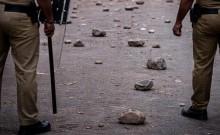
Tension escalated between nuclear-armed neighbours India and Pakistan after Indian Air Force jets swooped into Pakistani airspace to destroy Jaish-e-Mohammed (JeM) camps on Tuesday. Both the countries also shot down fighter jets on Wednesday. Now, how do the subcontinental powers stack up against each other if they declare war?
With 4,207,250 defence personnel as compared to Pakistan's 919,000, India is substantially larger but there are concerns about its fighter jet fleet.
Air Force
India has 2,185 aircraft, including 590 fighter jets, 804 attack aircraft, 708 transport aircraft and 251 trainers. Pakistan, on the other hand, has only 1,281 aircraft that include 320 fighter jets, 410 attack aircraft, 296 transport aircraft and 486 trainers.
Pakistan outnumbers India with 49 attack helicopters, compared to India's 15. However, with a total of 720 helicopters, India has got the advantage over Pakistan, which has a total of 328 helicopters.
From Sukhoi Su30MKI to the Tejas LCA: Here's a list of the fighter jets owned by Indian Air Force:
Sukhoi Su-30MKI
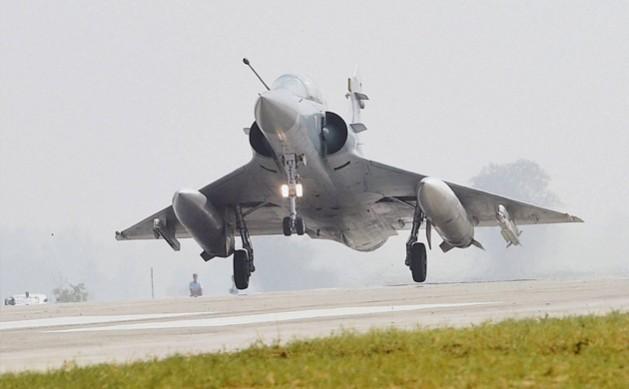
Sukhoi Su-30MKI is a multi-role fighter efficient for all weather, air-to-air and air-to-surface deep interdiction missions. It is the most advanced fighter jet in operation with the Indian Air Force and is the primary air to air and air to ground strike machine. Since December 2000, the Su-30MKI variant that the IAF uses is built in India by HAL under a license agreement with Russia's Sukhoi.
Also known as Flanker (NATO), the Su-30MKI is exclusively used by India and there is an estimate that IAF has 290 operational units of 30MKI till date.
Initially developed by Russia's Sukhoi Aviation Corporation, in Irkutsk, the first unit of Sukhoi Su-30 was inducted in 2002. The Sukhoi Su-30MKI has a top speed of Mach 2 (2120 kmph) and has a maximum takeoff weight of 38,800 kg. The jet can carry a wide range of equipment from radars to missiles, bombs and event rockets.
HAL Tejas LCA
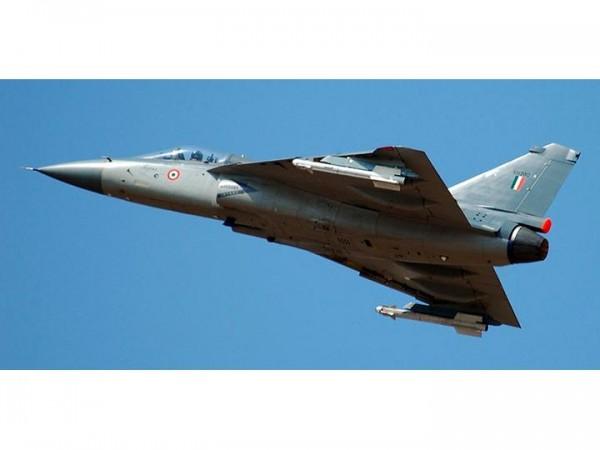
India's first self-made fighter jet Light Combat Aircraft Tejas or Light Combat Aircraft (LCA) Tejas is termed as a fully-weaponised fighter jet. Back in the 1980s, the HAL started the LCA programme to replace the ageing Soviet sourced MiG-21.
The first indigenously built fighter aircraft was inducted in the Indian Air Force with the IAF placing a 20 jet order initially and the 1st Tejas Squadron was formed in 2016 called the Flying Daggers.
Till now IAF has placed an order of 40 Tejas Mk 1, including 32 single-seat aircraft and eight twin-seat trainers. IAF has also initiated procurement of a further 73 single-seat fighters in Mk 1A configuration.
Mirage-2000

The Mirage 2000 fighter jets gained prominence after their remarkable success rate in the 1999 Kargil war. The jet was used to drop laser-guided bombs to destroy well-entrenched positions of the Pakistani forces.
The Dassault Mirage 2000 is a French multirole, single-engine fourth-generation fighter jet manufactured by Dassault Aviation. India inked the deal with France in 1980 and the jet is one among the IAF's strategic aircraft.
While negotiations were on to purchase up to 150 aircraft from the French side, the final deal was sealed for 40 aircraft. India later ordered nine Mirage 2000 aircraft in 1986.
SEPECAT Jaguar

The SEPECAT Jaguar is a British-French fighter jet developed together by British Royal Air Force and French Air Force. Only the Indian Air Force is currently using the upgraded Jaguar in active duty. This aircraft is also known as Shamsher. Indian Jaguar is quite different from the RAF's Jaguar and is built locally by HAL under a license agreement. IAF recently upgraded its entire fleet of Jaguar's by adding Avionics support. The only problem with the Jaguar is its inability to fly high altitude with a heavy load on board.
The first 40 imported Jaguars entered IAF service from 1979 and were supplemented thereafter by licence-built platforms, all of which have been plagued in recent years by low serviceability levels of under 60 per cent due primarily to an enduring shortage of spares.
Mikoyan MiG-21
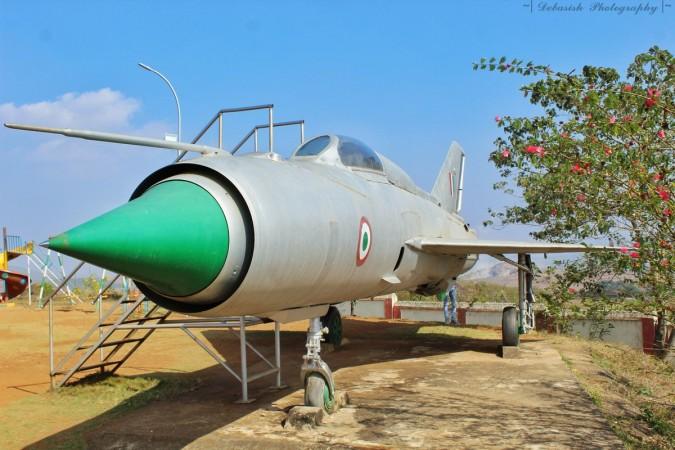
The first supersonic MiG-21 fighter aircraft designed by the Mikoyan-Gurevich Design Bureau of the Soviet Union was used in Kargil war. The single-engine multipurpose light fighter aircraft is 14.5 metres long and 7.15 metres wide and it weighs 2500kg. Its maximum speed is 2230 km per hour and can carry four R-60 missiles. Having served 60 countries over a course of 60 years, the MiG 21 is still in service in many countries, including India.
Back in 1961, IAF opted for the Mikoyan MiG-21 and since then has bought more than 250 estimated units of competent planes. The 21s played a pivotal role in the 1971 India Pakistan War and are currently being used only as Interceptors with a limited role as fighter jets and IAF will soon replace the remaining units of the MiG21 Bison with the Tejas LCA.
The MiG 21 has a single-seater cockpit with a maximum speed of 1.05 mach (1300 kmph). Four squadrons (two each of MiG-21 and MiG-27) are retiring in 2019. Meanwhile, all the remaining seven squadrons of MiG-21 will retire by 2024.
A breakthrough on the Pakistani fighter jets.
F-16 Falcon
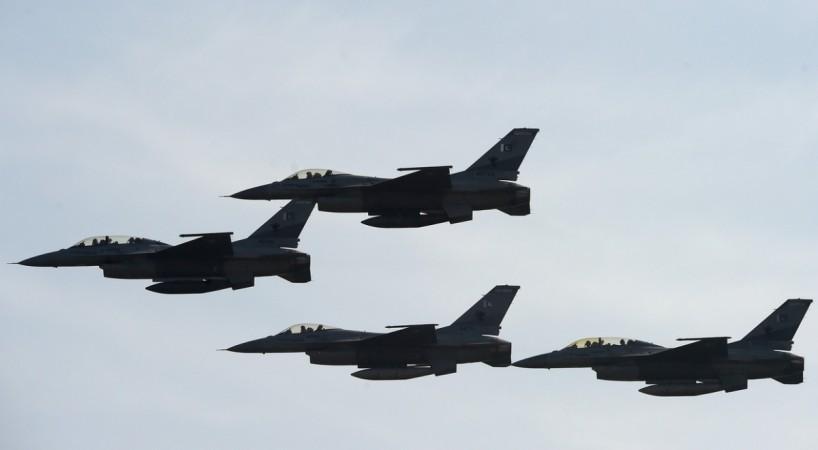
Pakistan's acquired US-made F-16 Falcon fighter, manufactured by Lockheed Martin, an equally efficient fighter jet which is still in service. Some experts consider this aircraft as one of the most prolific jets in service. Apart from the US, at least 25 other countries use the F-16.
The F-16 Falcon, on the other hand, is a single-engine supersonic multirole fighter, which was manufactured by General Dynamics, now Lockheed Martin for the US Air Force (USAF). A total of 4,500 aircraft have been manufactured since it was first introduced in 1976. It is popular for being an all-weather multirole aircraft as it offers better visibility than many of its direct competitors.
F-7PG
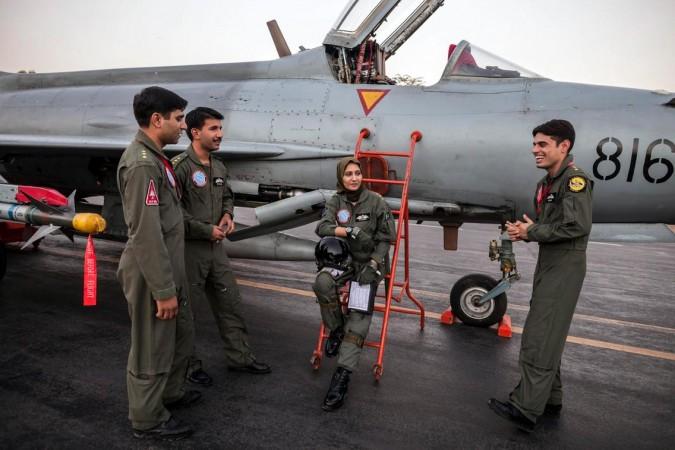
Pakistan is the largest importer of F-7PG aircraft from China. The manufacturer of F-7PG is Chengdu Aircraft Industry Corp., a subsidiary of China's state-owned aerospace company AVIC. It has produced a large number of J-7 fighters (J-7), which are modeled after the MiG-21 made by the former Soviet Union. The J-7 model was officially commissioned in the 1960s. The F-7PG began its service in Pakistan in 2002, according to Dawn, an English-language Pakistani newspaper.
JF-17 Thunder
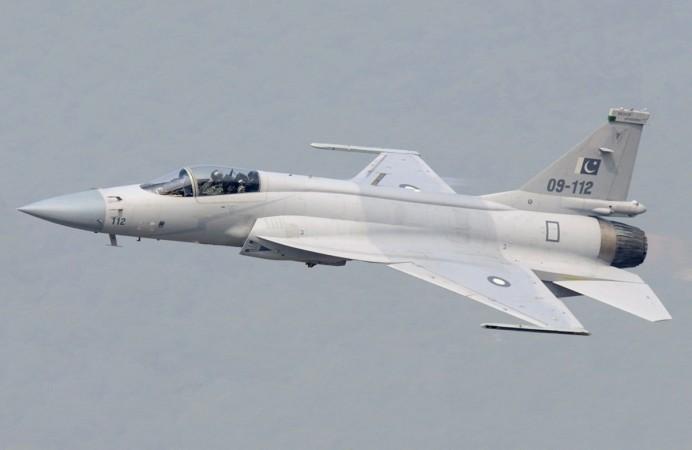
Pakistan had inducted 16 new multi-role JF-17 Thunder jets jointly manufactured with China to its air force with the Defence Minister asserting that the country was ready to safeguard borders against any aggression. The JF-17 Thunder jets were handed over to the Pakistan Air Force (PAF) at the Pakistan Aeronautical Complex, Kamra, in Attock area of Punjab province.
The new home-made jets, inducted into 14-Squadron of Pakistan Air Force, have been manufactured jointly by China and Pakistan. The JF-17 Thunder is the backbone of PAF and already more than 70 fighters of the category are part of it. The development of the aircraft started in 1999, and the maiden flight was conducted in 2003. The JF-17 can be equipped with an air-to-air and air-to-ground ordnance.
Mirage III/V

The Mirage III was the first European combat aircraft capable of flying at twice the speed of sound and made its maiden flight in 1956. The Mirage V was a dedicated ground attack variant of the Mirage III, with greater space for fuel, in place of avionics. The only thing these aircraft share in common with the Indian Mirage 2000 is their 'delta wing' design.
The Mirage 2000 is a far newer and capable design that uses 'fly-by-wire' technology (flight control by computers) instead of hydraulic controls on the older jets. Over the past five decades, Pakistan has purchased nearly 150 Mirage III/V fighters.













